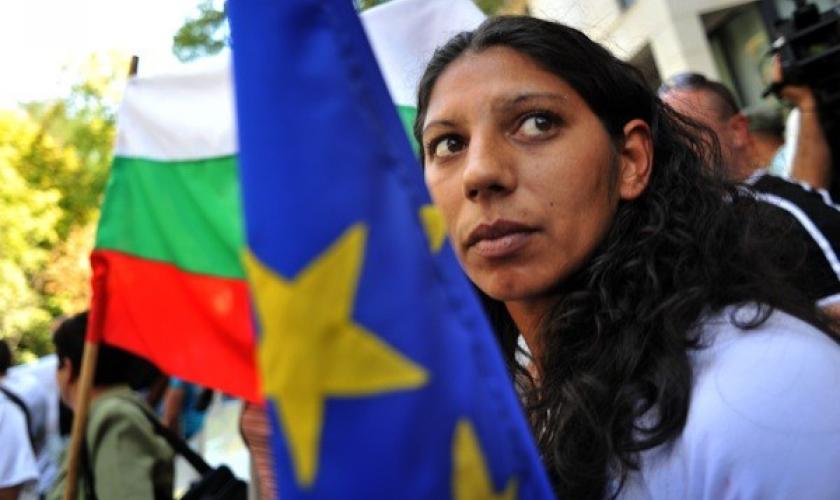MOL - Recent research shows that deep in our genes we are easterners. We are largely descended from steppe peoples who crossed into Europe five thousand years ago.
Archaeology is currently experiencing a revolution. Since DNA can also be extracted from ancient bones and their genetic code read, a new window has opened to study early human history. The study of ancient DNA brings that history back to life, especially for periods about which relatively little is known.
Take the bell cup culture. In the third millennium BC, during the late Neolithic, this culture formed a pan-European culture, if nothing else. Unprecedented for its time, the bell-cone culture extended from Scandinavia to the Iberian Peninsula, from the British Isles to deep into Eastern Europe.
The culture was also special for another reason. After all, it was among bell-cone people that the DNA profile of the modern Northwest European, and thus also of the modern Fleming and Belgian, emerged for the first time. The third millennium BC was thus decisive for our lineage. Thanks to ancient DNA research, we can now map out that lineage, and find out where it came from. The research takes us to the steppe plains in present-day Ukraine and Russia.
But this research also raises heated debates, first and foremost between geneticists and archaeologists. Both groups of scientists hold professionally different mores. So when they study the same topic or theme, they sometimes clash. Or how the revolution of ancient DNA research not only blows the dust off the late Stone Age, but at the same time conjures up ghosts from a much more recent dark past.
© Klaus-Dietmar Gabbert/getty
PRINT/ONLINE
- DNA-onderzoek toont: we zijn allemaal kinderen van de steppe - De Standaard Weekblad (p.26-29), 05/08/2023




